Home>Furniture & Design>Bathroom Accessories>How To Use Drano In Bathtub
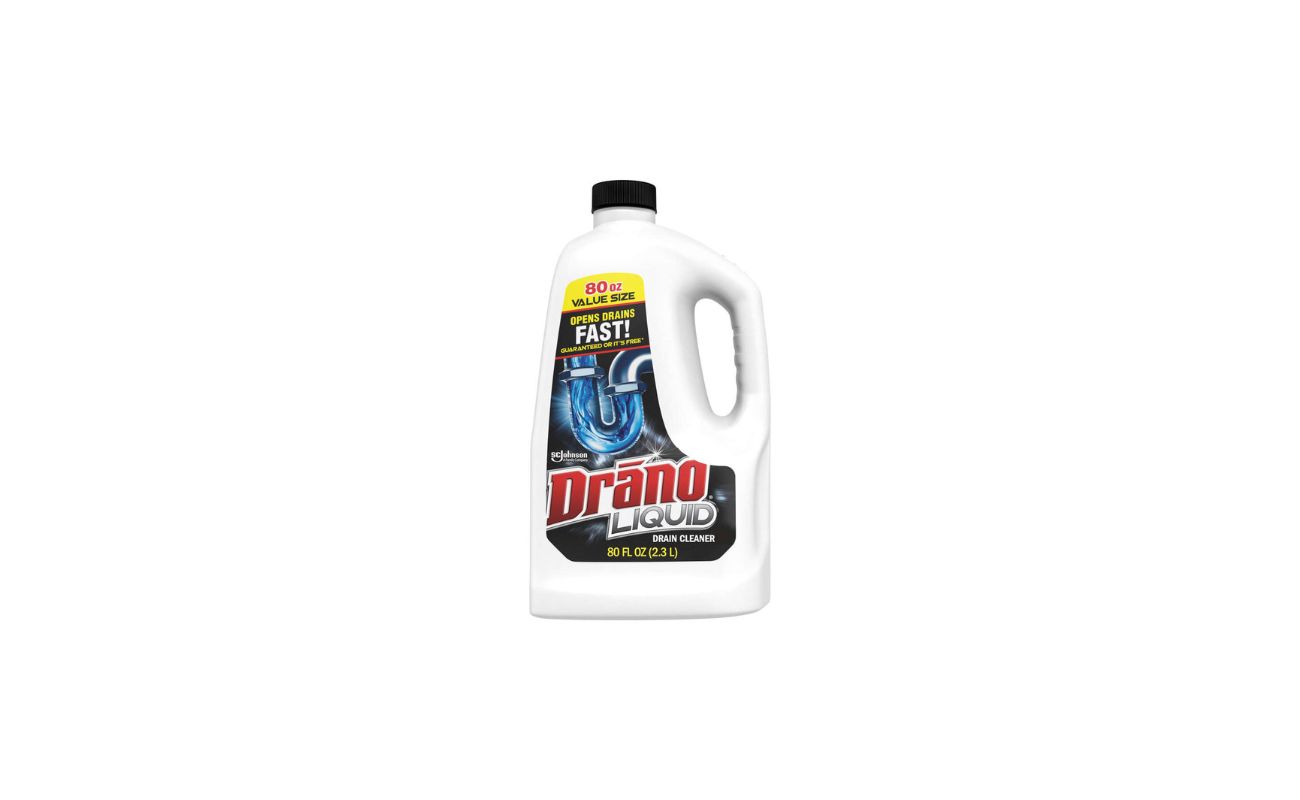

Bathroom Accessories
How To Use Drano In Bathtub
Modified: March 2, 2024
Learn how to effectively use Drano in your bathtub to clear clogs and maintain your bathroom accessories. Keep your bathroom clean and functional with these simple tips.
(Many of the links in this article redirect to a specific reviewed product. Your purchase of these products through affiliate links helps to generate commission for Storables.com, at no extra cost. Learn more)
Introduction
When it comes to maintaining a clean and functional bathroom, a clogged bathtub drain can quickly become a frustrating obstacle. Whether it's due to a buildup of hair, soap scum, or other debris, a clogged drain can disrupt your daily routine and create an unsightly mess. Fortunately, there are effective solutions available to tackle this common issue, and one such product is Drano.
Drano is a powerful and widely recognized drain cleaner that can help to dissolve clogs and restore proper drainage in your bathtub. Understanding how to use Drano in your bathtub can save you time and money, as well as the inconvenience of dealing with a stubborn clog. In this comprehensive guide, we will walk you through the steps of using Drano to clear a clogged bathtub drain, providing you with the knowledge and confidence to tackle this task effectively.
By following the steps outlined in this guide, you can address the issue of a clogged bathtub drain in a safe and efficient manner. It's important to note that while Drano can be an effective solution for minor clogs, more severe blockages may require professional assistance. Additionally, it's crucial to prioritize safety when using any chemical products, including Drano, and to follow the manufacturer's instructions carefully.
Now, let's delve into the essential steps for using Drano in your bathtub to tackle clogs and restore optimal drainage. With the right approach and a clear understanding of the process, you can effectively address clogs and maintain a smoothly functioning bathtub drain.
Key Takeaways:
- Clearing a clogged bathtub drain with Drano involves safety precautions, removing standing water, pouring Drano, waiting for it to work, and flushing with hot water. Follow instructions carefully and prioritize safety.
- Drano can effectively dissolve minor clogs in bathtub drains, but severe blockages may need professional help. Always prioritize safety, follow instructions, and use Drano as part of your bathroom maintenance routine.
Read more: How To Use Drano In Toilet
Safety Precautions
Before using Drano or any other chemical drain cleaner in your bathtub, it's crucial to prioritize safety. These products contain powerful ingredients that can be hazardous if not handled properly. By following these safety precautions, you can minimize the risks and ensure a safe and effective experience when using Drano to clear a clogged bathtub drain.
-
Protective Gear: Prior to using Drano, it's essential to equip yourself with the appropriate protective gear. This includes wearing rubber gloves to shield your skin from direct contact with the product. Additionally, consider wearing safety goggles to protect your eyes from potential splashes or fumes.
-
Ventilation: Adequate ventilation is key when using Drano. Ensure that the bathroom is well-ventilated by opening windows and turning on any exhaust fans. This helps to disperse any fumes that may be released during the application of Drano, reducing the risk of inhalation.
-
Read the Instructions: Take the time to carefully read and understand the instructions provided on the Drano packaging. Pay close attention to any warnings, recommended application methods, and safety guidelines. Following the manufacturer's instructions is crucial for a safe and effective application.
-
Keep Children and Pets Away: When using Drano in your bathtub, it's important to keep children and pets away from the area. Store the product securely out of reach of curious hands or paws. Additionally, ensure that the application and flushing process is carried out in a manner that prevents accidental exposure for children and pets.
-
Avoid Mixing Chemicals: Never mix Drano with other chemical products, as this can result in hazardous reactions. Prior to using Drano, ensure that the bathtub drain is free from any other chemical residues or cleaners to prevent potential chemical interactions.
-
First Aid Preparedness: In the event of accidental skin or eye contact with Drano, it's important to be prepared. Have a plan in place for immediate first aid, including rinsing the affected area with water and seeking medical attention if necessary.
By adhering to these safety precautions, you can approach the use of Drano in your bathtub with confidence and peace of mind. Prioritizing safety not only protects you and your household but also ensures a smooth and effective experience in addressing clogged bathtub drains.
Step 1: Remove Standing Water
Before applying Drano to your bathtub drain, it's essential to start with a clear and accessible work area. If your bathtub is currently filled with standing water due to the clog, the first step is to remove this water to facilitate the application of Drano.
To begin, put on a pair of rubber gloves to protect your hands from any debris or potential contaminants in the standing water. Using a bucket, large cup, or any suitable container, carefully scoop out the standing water from the bathtub and dispose of it in a sink or toilet. It's important to handle the water removal process with care to prevent spills and splashes, ensuring that the surrounding area remains clean and dry.
If the standing water is not easily removable with a container, consider using a small plastic cup or a handheld drain snake to gradually clear the water from the bathtub. Once the majority of the standing water has been removed, use a towel or rag to soak up any remaining moisture, leaving the bathtub as dry as possible.
By removing the standing water from the bathtub, you create a clear pathway for the application of Drano to the clogged drain. This initial step sets the stage for the subsequent application of Drano and allows for better access to the drain opening, optimizing the effectiveness of the product.
With the standing water successfully removed, you are now ready to proceed to the next step of applying Drano to the bathtub drain. This proactive approach sets the foundation for a smooth and efficient application process, bringing you one step closer to addressing the clog and restoring proper drainage to your bathtub.
Remember, taking the time to remove standing water from the bathtub not only prepares the area for the application of Drano but also minimizes the risk of spills and splashes during the process. This careful preparation sets the stage for a successful application of Drano, helping you to effectively tackle the clogged bathtub drain.
Step 2: Pour Drano into the Bathtub Drain
With the bathtub drain clear of standing water, you are now ready to apply Drano to the affected area. Before proceeding, ensure that you have read and understood the instructions provided on the Drano packaging, as well as the safety precautions outlined earlier. Equipped with this knowledge, you can confidently move forward with the application process.
To begin, carefully pour the recommended amount of Drano directly into the bathtub drain. The specific quantity of Drano to be used may vary depending on the severity of the clog and the product's formulation, so it's important to refer to the instructions for precise guidance. Typically, a measured amount of Drano is sufficient to effectively target the clog and initiate the clearing process.
As you pour the Drano into the bathtub drain, aim to direct the product as close to the drain opening as possible. This helps to ensure that the Drano comes into direct contact with the clog, maximizing its effectiveness. Take care to avoid spillage and splashing during the application, maintaining a steady and controlled pour to deliver the Drano precisely where it's needed.
Once the Drano has been applied to the bathtub drain, it's important to allow the product to work undisturbed for the specified duration indicated in the instructions. This period allows the powerful formula of Drano to penetrate the clog, breaking down the accumulated debris and restoring proper drainage to the bathtub. During this waiting period, it's advisable to keep the bathroom well-ventilated to disperse any fumes that may be emitted by the product.
By pouring Drano into the bathtub drain, you initiate the process of addressing the clog and restoring optimal drainage. This proactive step sets the stage for the powerful action of Drano to take effect, working to dissolve the clog and alleviate the obstruction within the drain. With the Drano effectively applied, you are now ready to proceed to the next crucial step in the process of clearing a clogged bathtub drain.
The application of Drano marks a pivotal stage in the journey toward resolving the clog, harnessing the product's potent capabilities to tackle the obstruction and pave the way for restored functionality. With the Drano effectively in place, the focus shifts to the subsequent steps that will further contribute to the successful clearing of the bathtub drain.
Make sure to carefully follow the instructions on the Drano bottle. Pour the recommended amount into the bathtub drain, wait for the specified time, then flush with hot water. Avoid splashing and wear gloves for safety.
Step 3: Wait for the Drano to Work
After applying Drano to the bathtub drain, the next crucial step is to allow the product to work its magic undisturbed. This waiting period is essential, as it gives Drano the time it needs to penetrate the clog and begin breaking down the accumulated debris. The duration of this waiting period is typically specified in the instructions provided with the Drano packaging, and it's important to adhere to this timeframe for optimal results.
As you wait for the Drano to work its way through the clog, it's important to maintain a safe and well-ventilated environment in the bathroom. This helps to disperse any fumes that may be emitted by the product, ensuring a comfortable and hazard-free space. Additionally, during this waiting period, it's advisable to refrain from using the bathtub to prevent any interference with the Drano's action on the clog.
The powerful formula of Drano goes to work upon contact with the clog, utilizing its specialized ingredients to dissolve the blockage and restore proper drainage to the bathtub. This process may involve the breaking down of hair, soap scum, and other debris that have accumulated within the drain, effectively clearing the pathway for water to flow freely once again.
While waiting for the Drano to work, it's important to exercise patience and allow the product sufficient time to exert its clearing action. Rushing this stage of the process may compromise the effectiveness of Drano in addressing the clog, prolonging the resolution of the issue. By adhering to the specified waiting period and providing Drano with the necessary time to work, you set the stage for a successful clearing of the bathtub drain.
As the waiting period progresses, you can anticipate the gradual alleviation of the clog, paving the way for improved drainage in your bathtub. This stage represents a pivotal moment in the process, as the potent capabilities of Drano come into play, targeting the obstruction and initiating the restoration of optimal functionality to the drain.
By patiently waiting for the Drano to work its way through the clog, you are actively contributing to the successful resolution of the issue, setting the stage for the subsequent steps that will further enhance the effectiveness of the clearing process.
Read more: How To Use Comet In Bathtub
Step 4: Flush with Hot Water
Once the waiting period for the Drano to work its magic has elapsed, the next critical step in the process of clearing a clogged bathtub drain involves flushing the drain with hot water. This step is instrumental in rinsing away the remnants of the dissolved clog and ensuring that the drain is thoroughly cleared, allowing for unobstructed water flow.
To begin, prepare a kettle or pot of hot water, ensuring that it reaches a near-boiling temperature. Carefully pour the hot water into the bathtub drain, aiming to deliver a steady and controlled stream directly into the opening. The hot water serves as a potent rinsing agent, effectively carrying away the remnants of the dissolved clog and any residual Drano from the drain.
As the hot water courses through the drain, it works to dislodge and flush out any remaining debris, further clearing the pathway for unimpeded water flow. This flushing action helps to ensure that the drain is thoroughly cleansed, minimizing the likelihood of future clogs and promoting optimal drainage in the bathtub.
It's important to exercise caution when handling hot water, taking care to avoid splashing or spilling during the pouring process. Equipping yourself with protective gloves and being mindful of the hot water's temperature can help to ensure a safe and controlled application.
Following the flushing with hot water, it's advisable to run the bathtub faucet to allow a continuous flow of hot water to further cleanse the drain. This additional flushing action helps to reinforce the clearing process, carrying away any remaining traces of the dissolved clog and Drano, leaving the drain refreshed and free from obstruction.
As the hot water effectively rinses the drain, you can anticipate the restoration of optimal functionality to your bathtub, with improved water flow and minimized risk of future clogs. This proactive step contributes to the overall effectiveness of the clearing process, ensuring that the drain is thoroughly cleansed and primed for regular use.
By flushing the bathtub drain with hot water, you complete the essential steps in the process of using Drano to clear a clogged drain, culminating in the restoration of unimpeded water flow and the prevention of future clogs. This proactive approach sets the stage for a smoothly functioning bathtub drain, allowing you to enjoy a hassle-free bathing experience.
With the flushing process successfully completed, you have effectively addressed the clogged bathtub drain, harnessing the combined power of Drano and hot water to restore optimal functionality to the drain. This proactive approach sets the stage for a smoothly functioning bathtub drain, allowing you to enjoy a hassle-free bathing experience.
Conclusion
In conclusion, effectively using Drano to clear a clogged bathtub drain involves a systematic approach that prioritizes safety, thorough application, and proactive measures to restore optimal drainage. By following the outlined steps and adhering to the safety precautions, you can confidently address the issue of a clogged bathtub drain, harnessing the power of Drano to dissolve obstructions and promote unimpeded water flow.
The initial step of removing standing water from the bathtub sets the stage for a clear and accessible work area, allowing for the precise application of Drano to the drain. This proactive measure minimizes the risk of spills and splashes, ensuring a controlled and effective application process.
Pouring Drano into the bathtub drain marks a pivotal stage in the process, initiating the product's potent action on the clog and setting the foundation for the restoration of proper drainage. Allowing Drano to work undisturbed is essential, as it gives the product the necessary time to penetrate the clog and dissolve accumulated debris, paving the way for improved water flow.
The subsequent flushing of the drain with hot water serves as a potent rinsing agent, effectively carrying away the remnants of the dissolved clog and any residual Drano, ensuring a thoroughly cleansed and unobstructed drain. This proactive step minimizes the likelihood of future clogs and promotes optimal functionality in the bathtub.
By following these steps and prioritizing safety throughout the process, you can effectively use Drano to clear a clogged bathtub drain, restoring smooth and unimpeded water flow. It's important to note that while Drano can be effective for minor clogs, more severe blockages may require professional assistance. Additionally, always follow the manufacturer's instructions and safety guidelines when using any chemical products.
Incorporating Drano into your bathroom maintenance routine empowers you to address clogged drains promptly and effectively, ensuring a smoothly functioning bathtub and a hassle-free bathing experience. With the knowledge and confidence gained from this guide, you are well-equipped to tackle clogged bathtub drains and maintain a clean and functional bathroom environment.
Frequently Asked Questions about How To Use Drano In Bathtub
Was this page helpful?
At Storables.com, we guarantee accurate and reliable information. Our content, validated by Expert Board Contributors, is crafted following stringent Editorial Policies. We're committed to providing you with well-researched, expert-backed insights for all your informational needs.
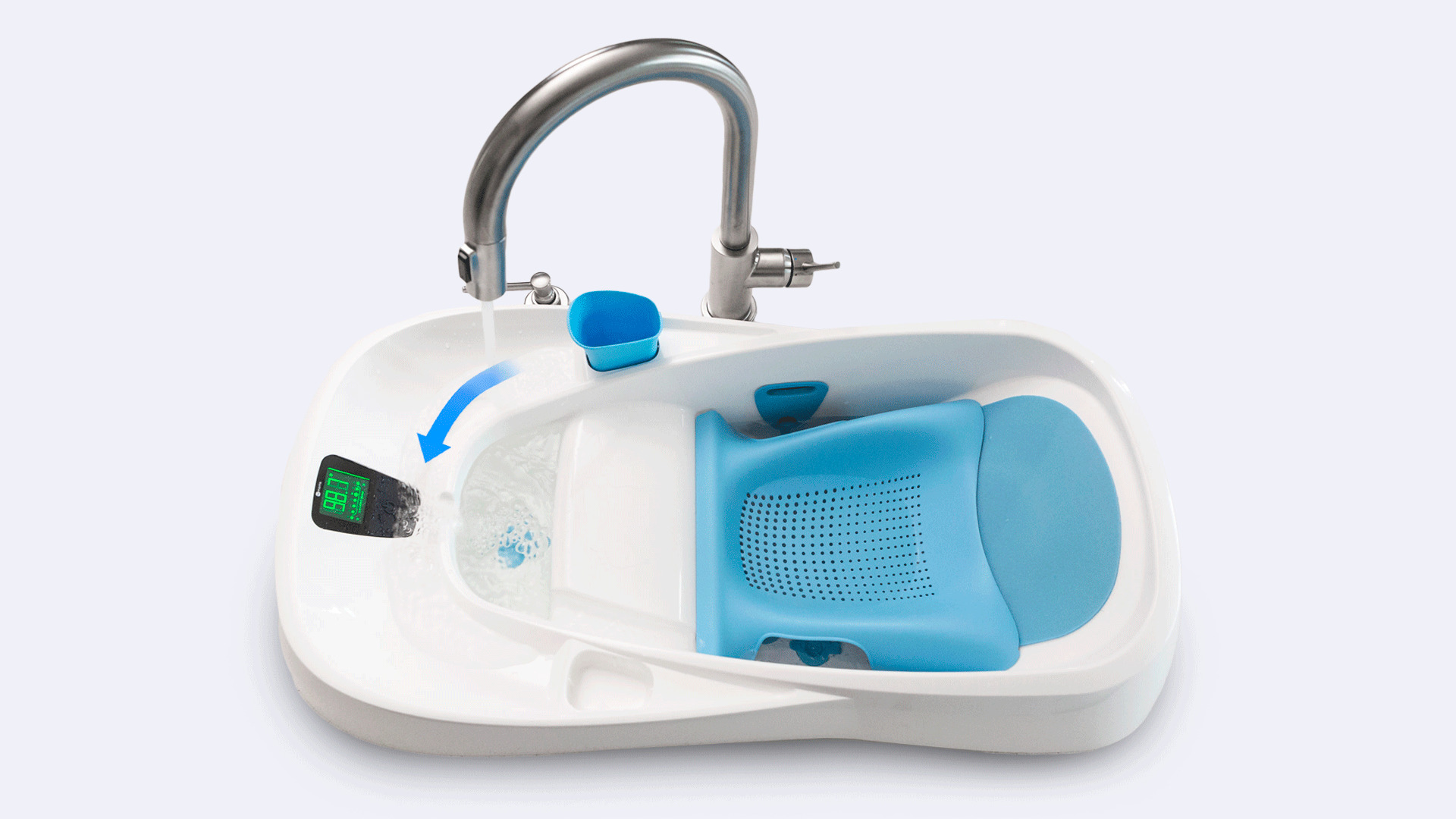
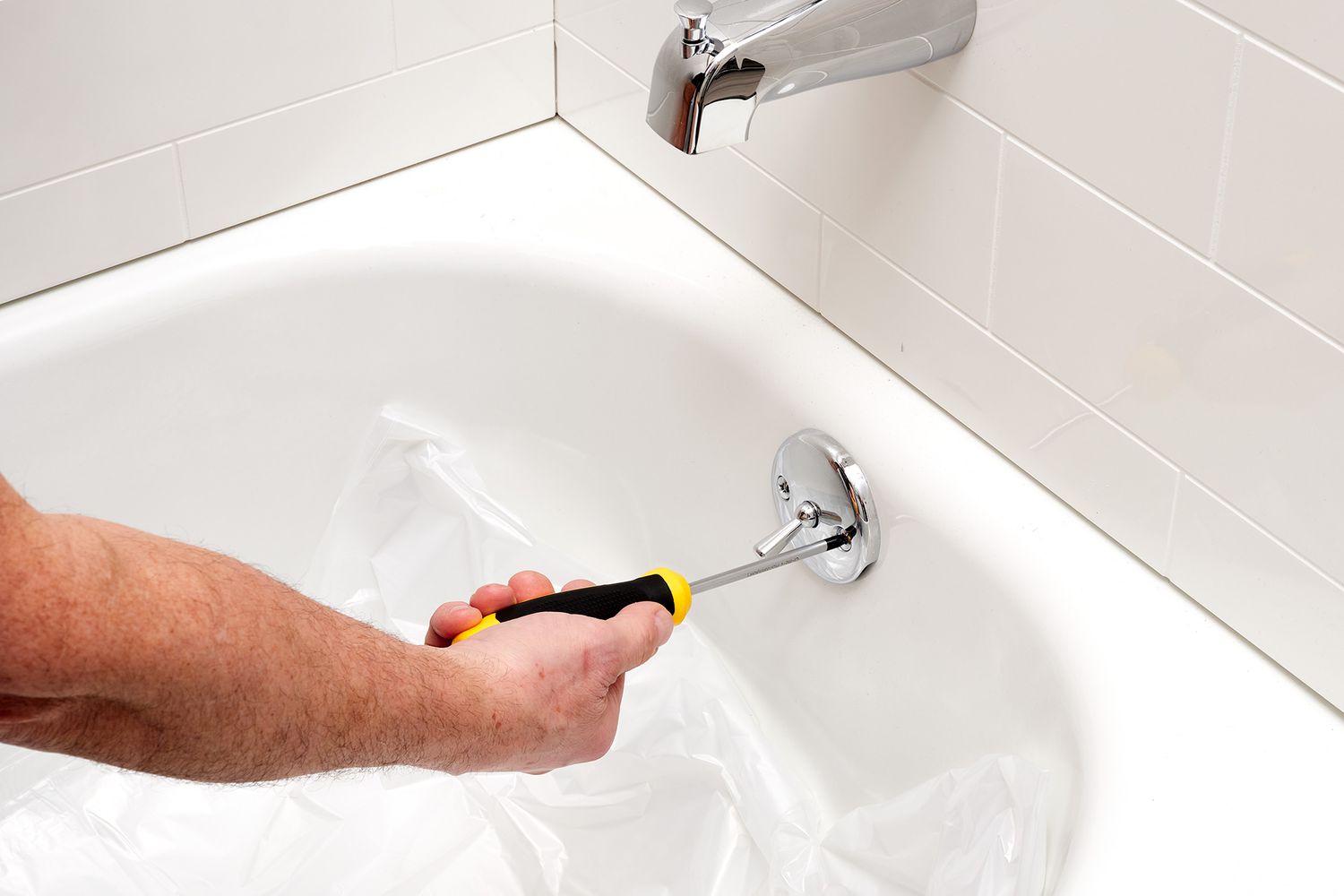
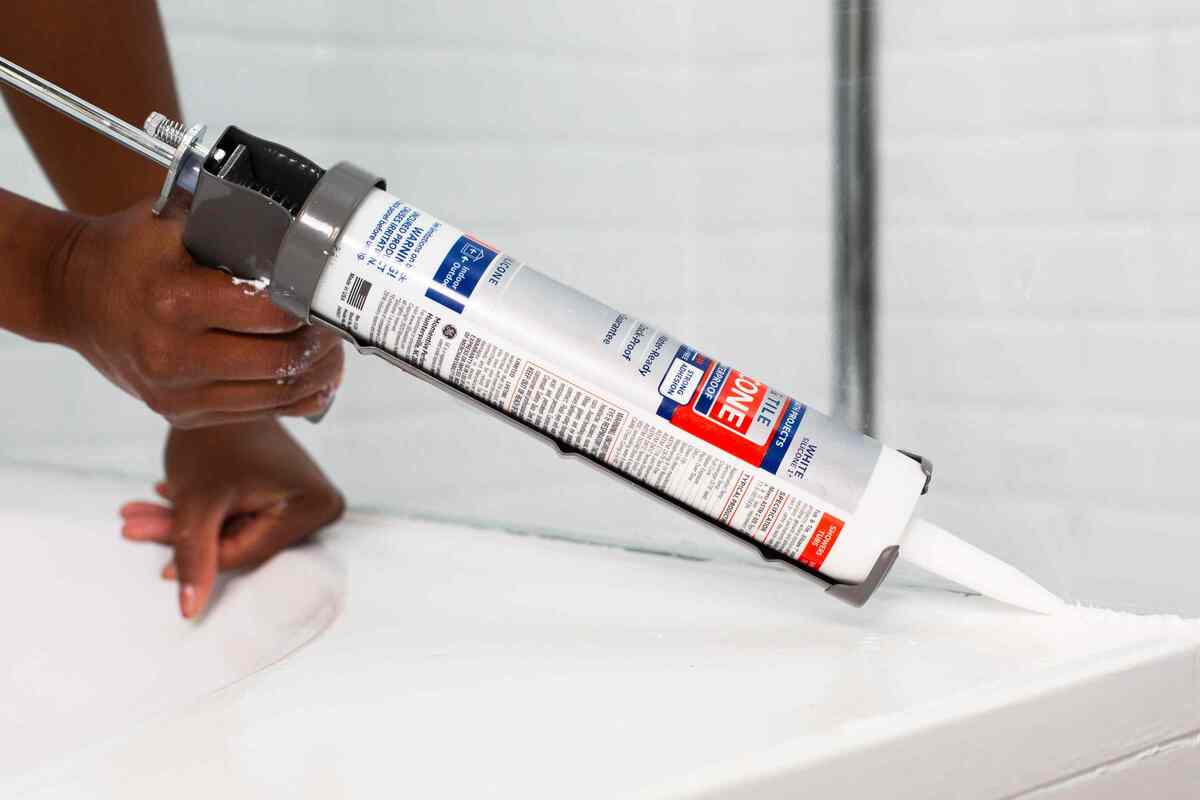
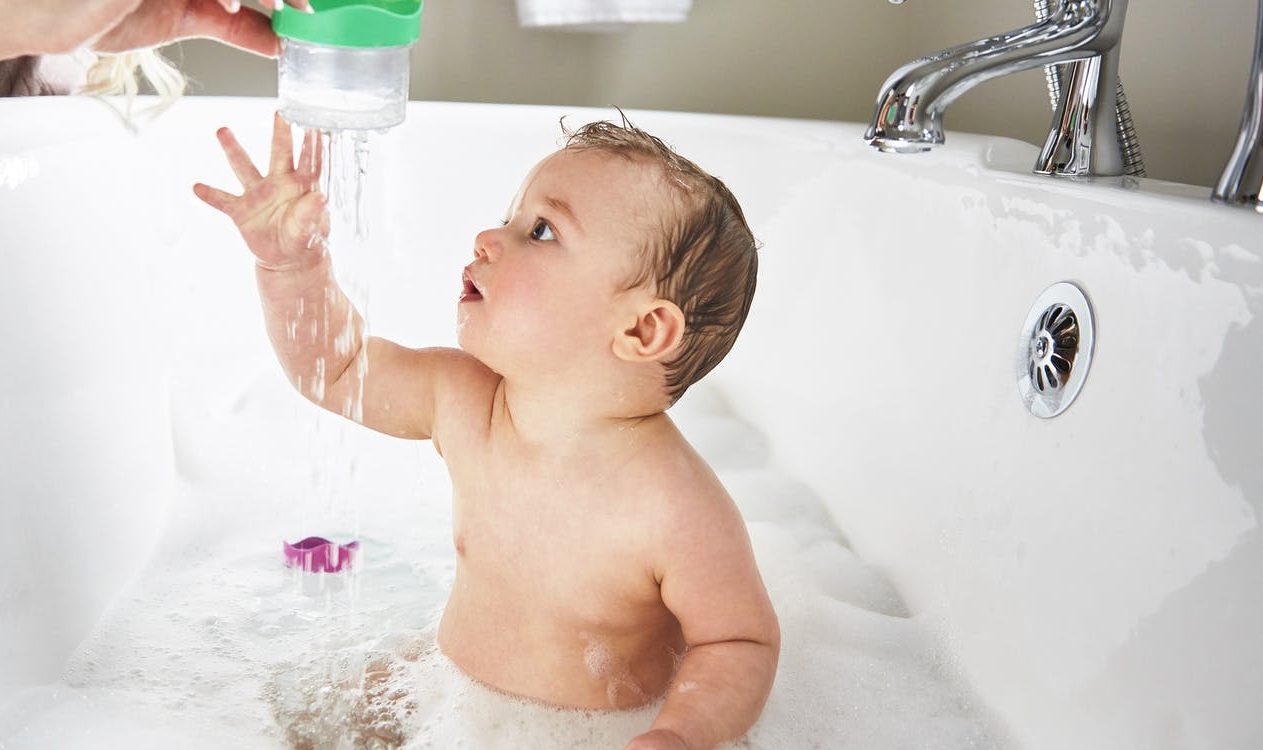
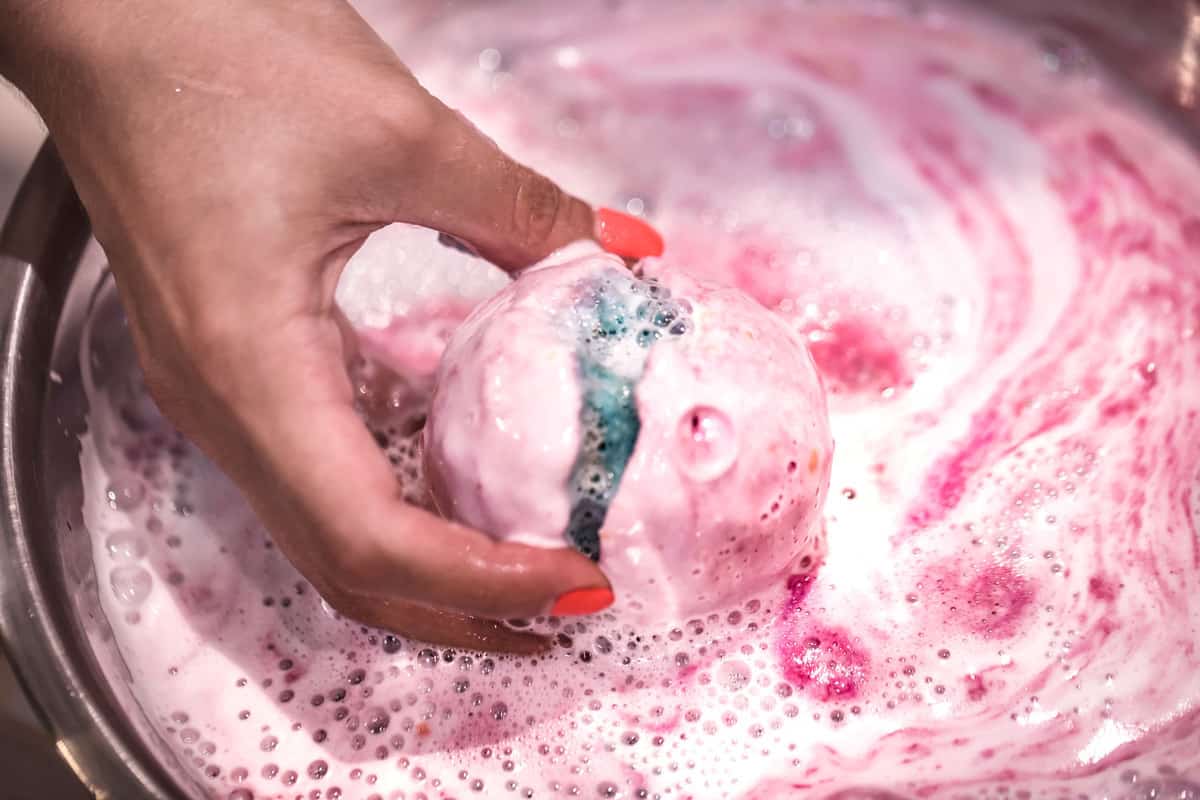
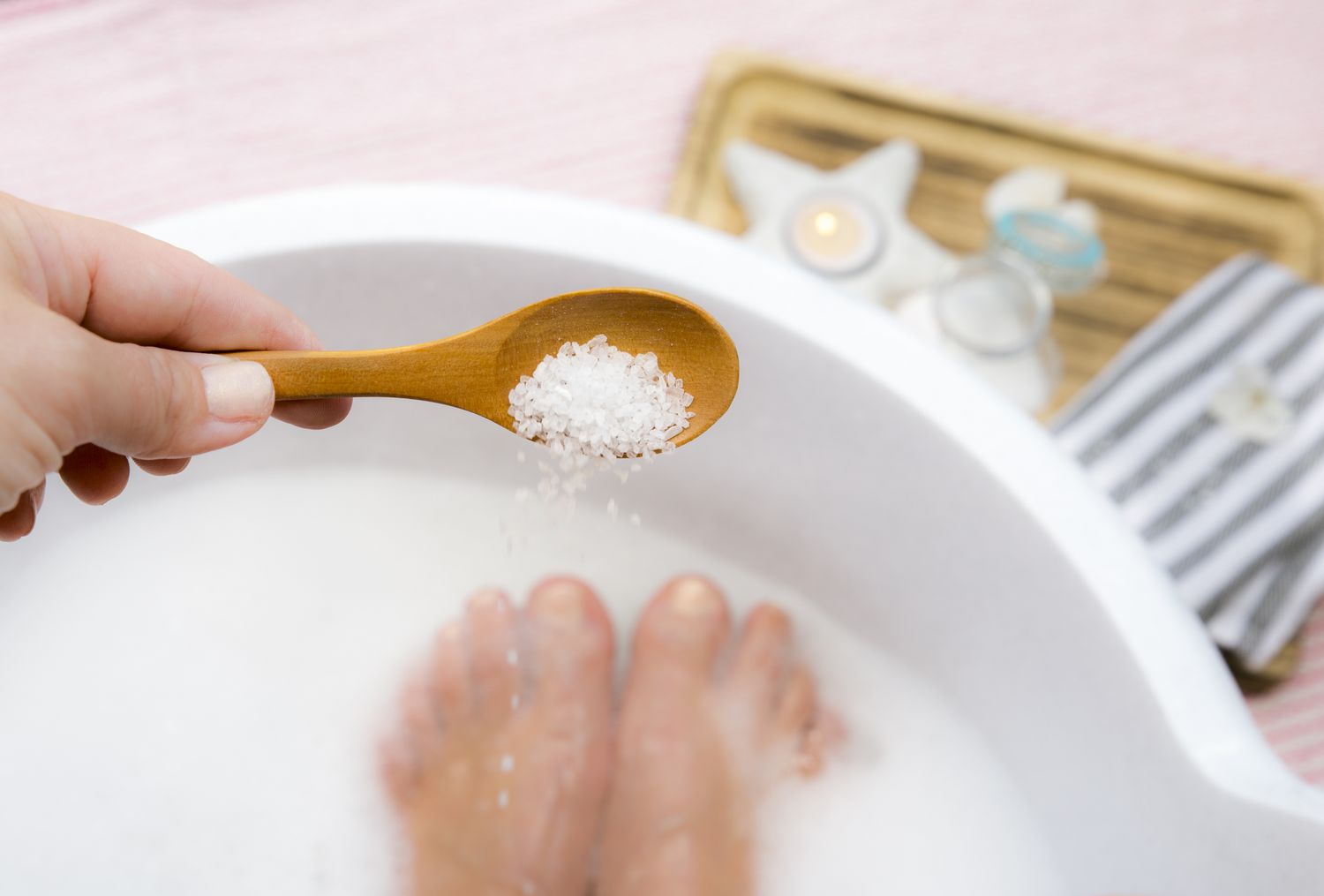

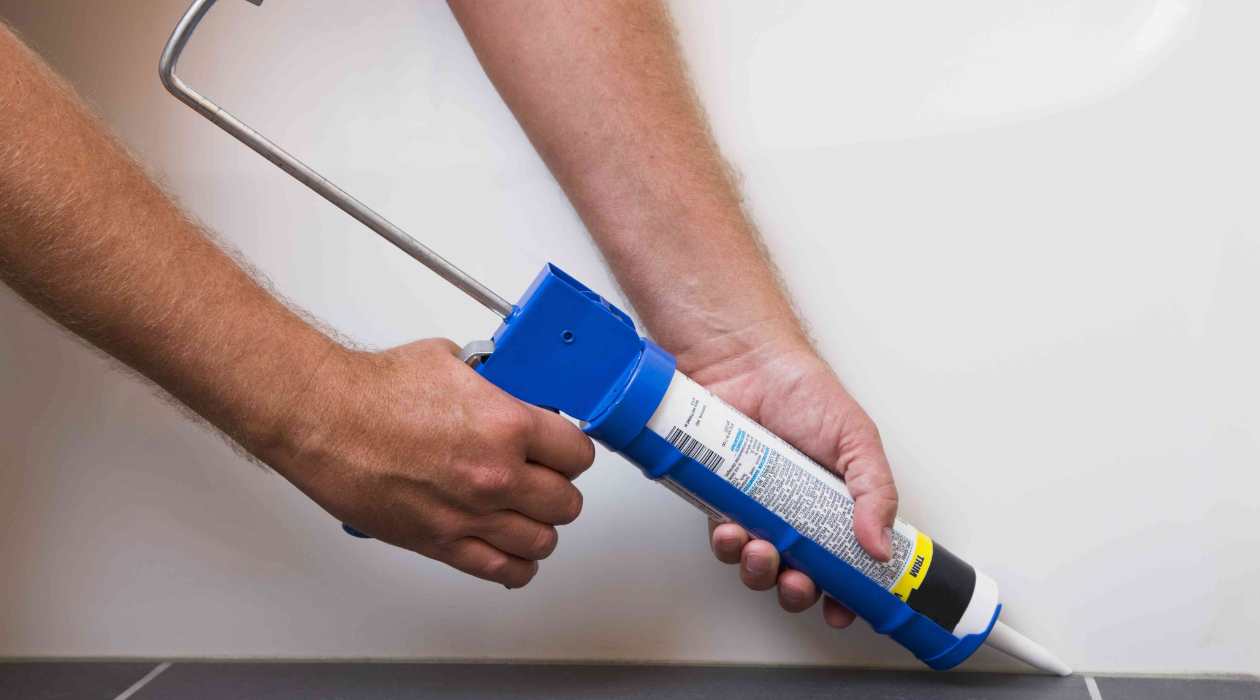
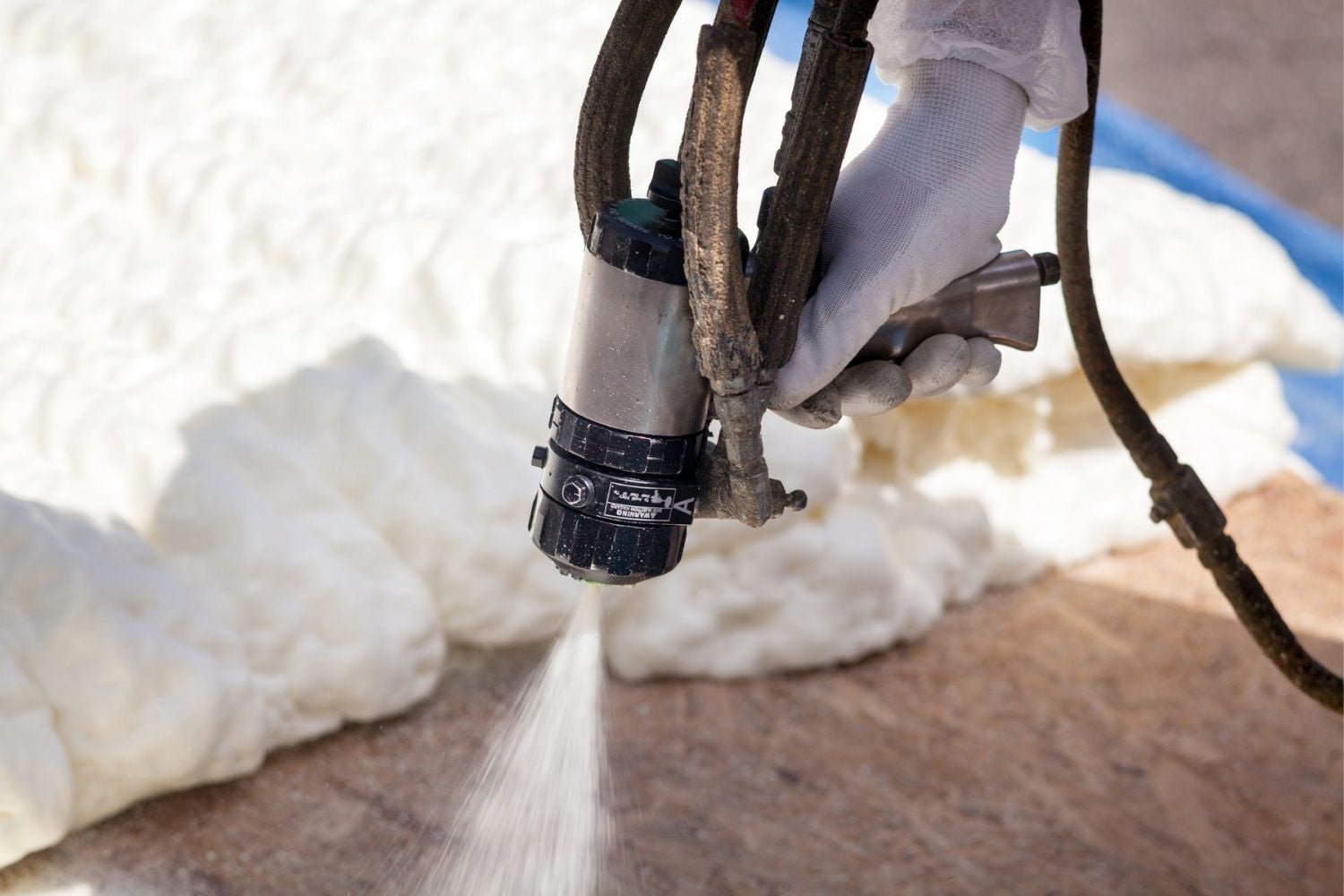
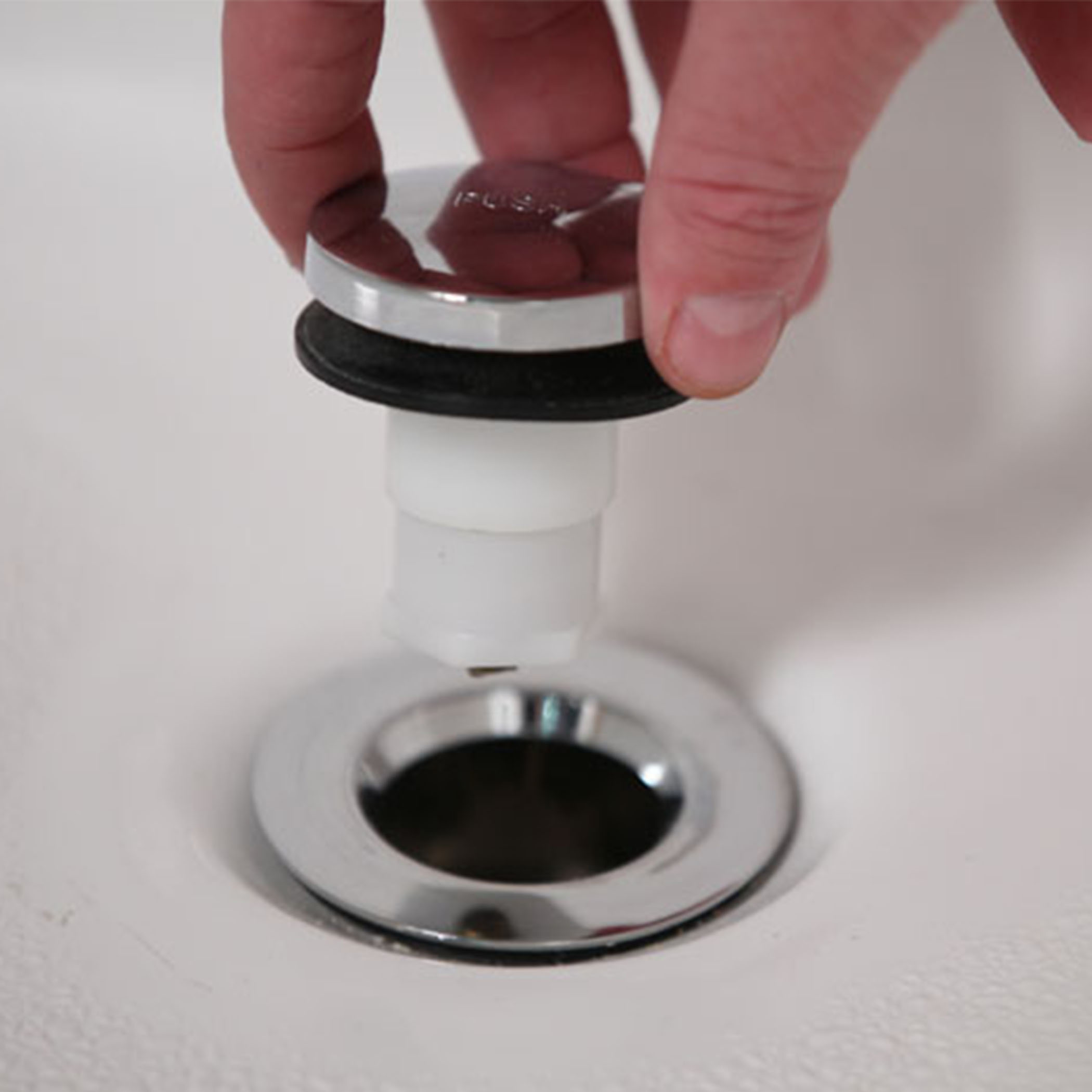
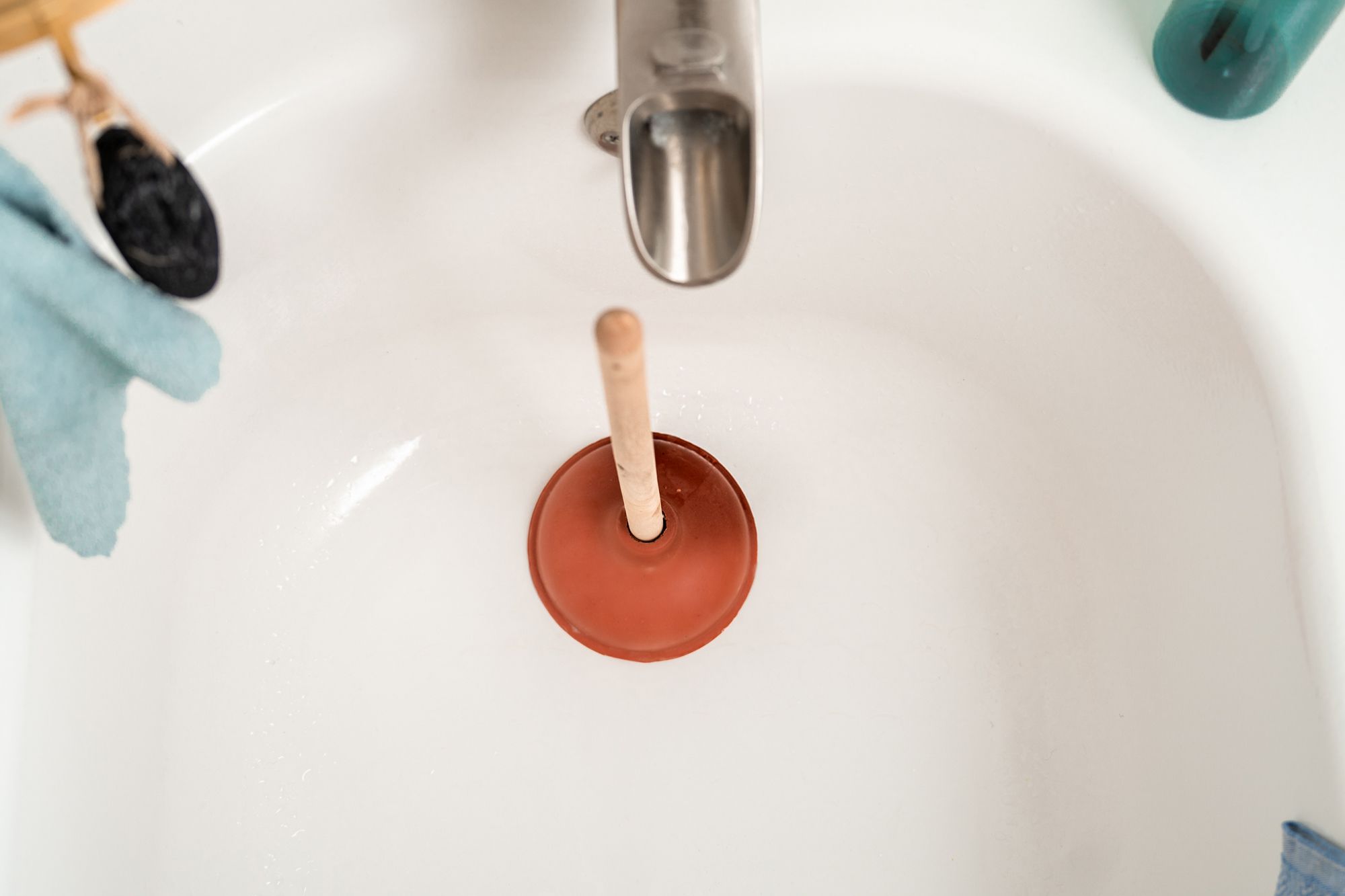
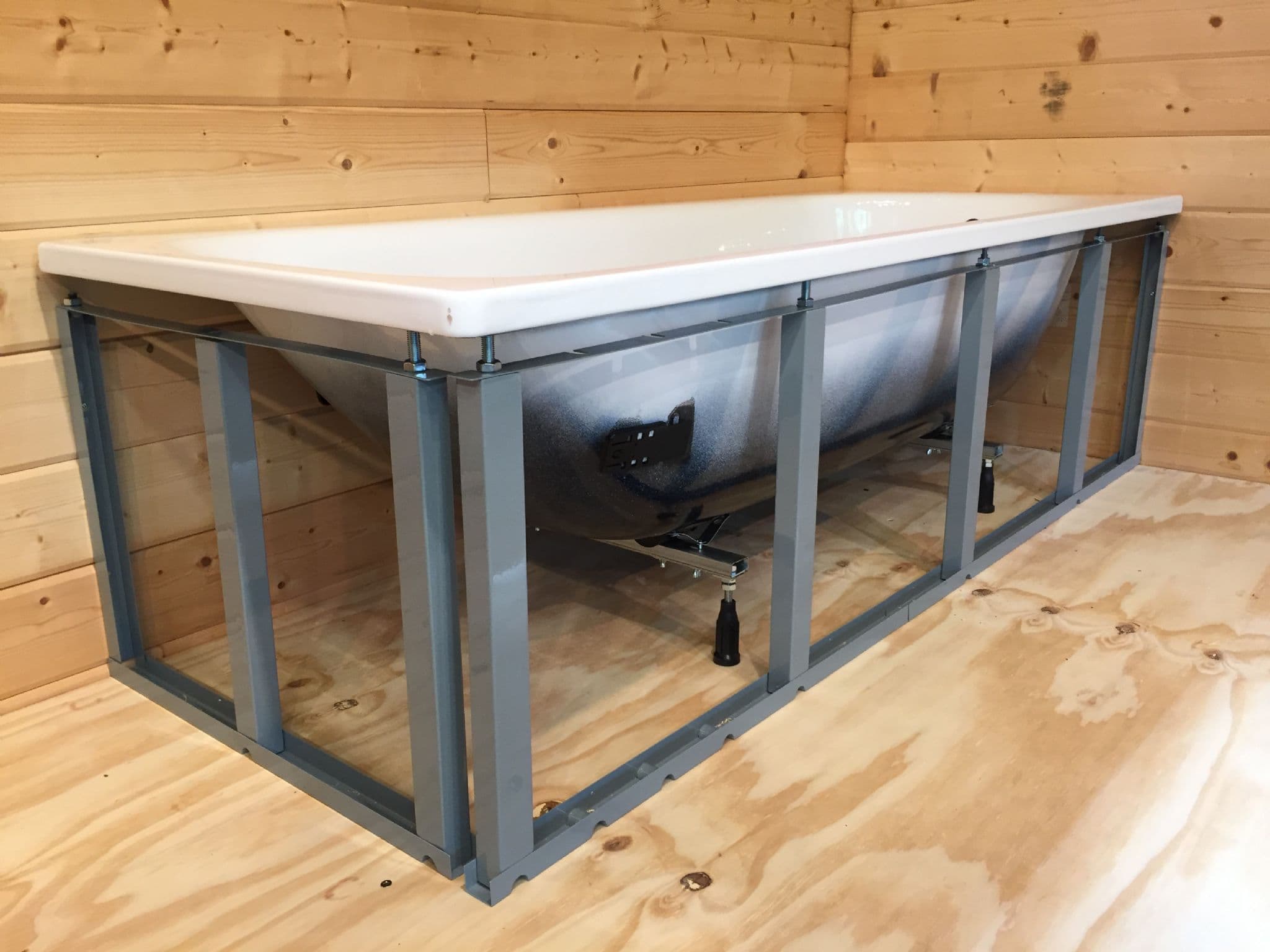

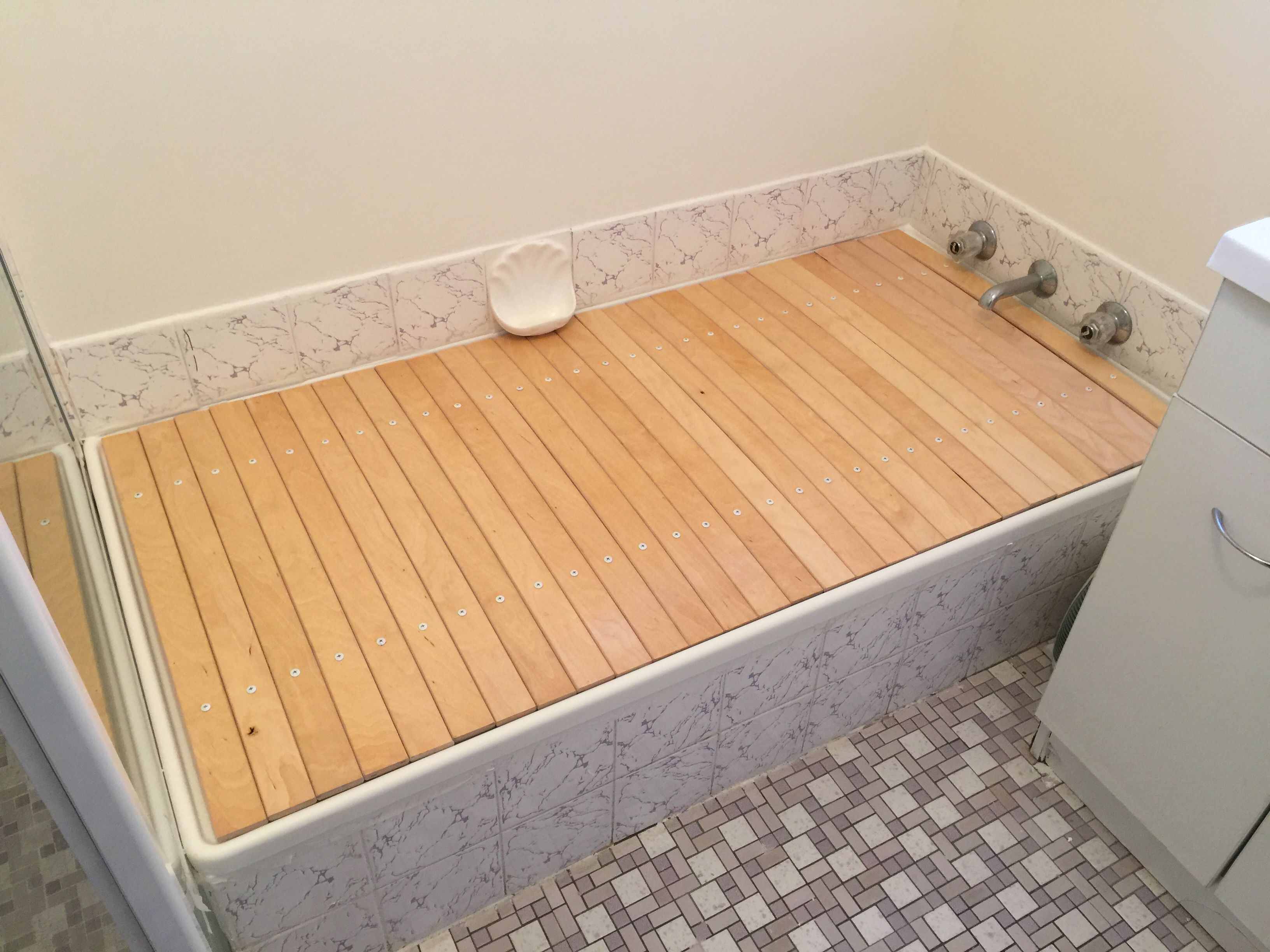

0 thoughts on “How To Use Drano In Bathtub”